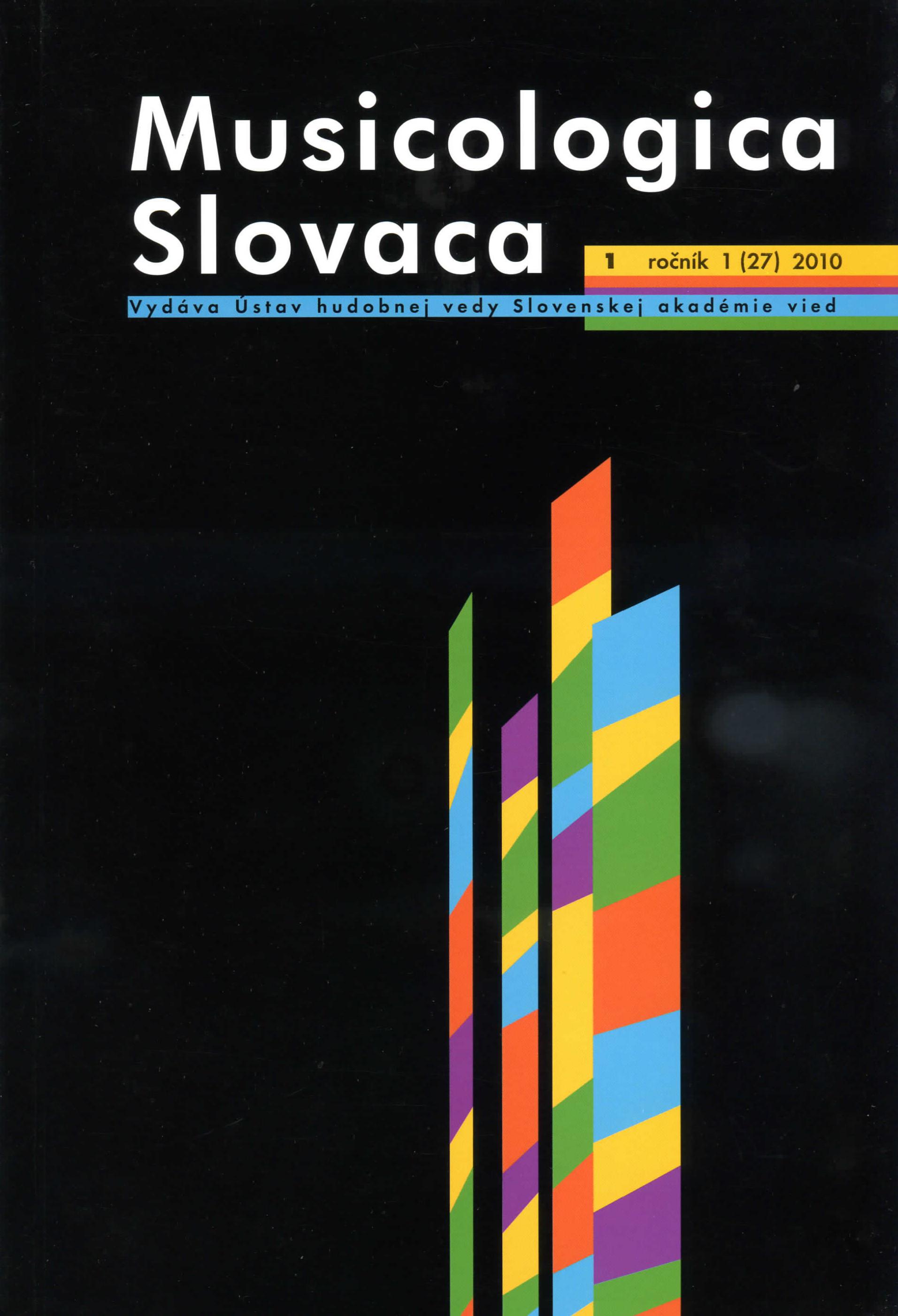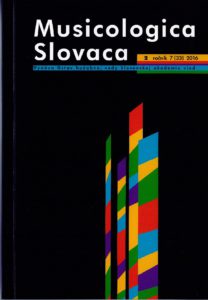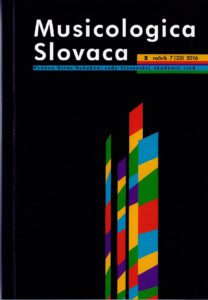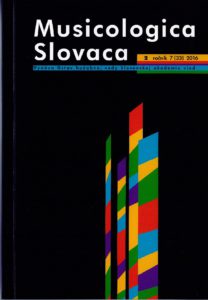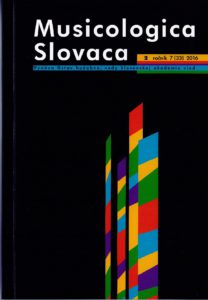
Inessa Bazayev – Christopher Segall (eds.): Analytical Approaches to 20th-Century Russian Music. Tonality, Modernity, Serialism
Review of: Inessa Bazayev – Christopher Segall (eds.): Analytical Approaches to 20th-Century Russian Music. Tonality, Modernity, Serialism, New York : Routledge, 2021, 270 s. ISBN 978-0-367-43032-0.
More...
